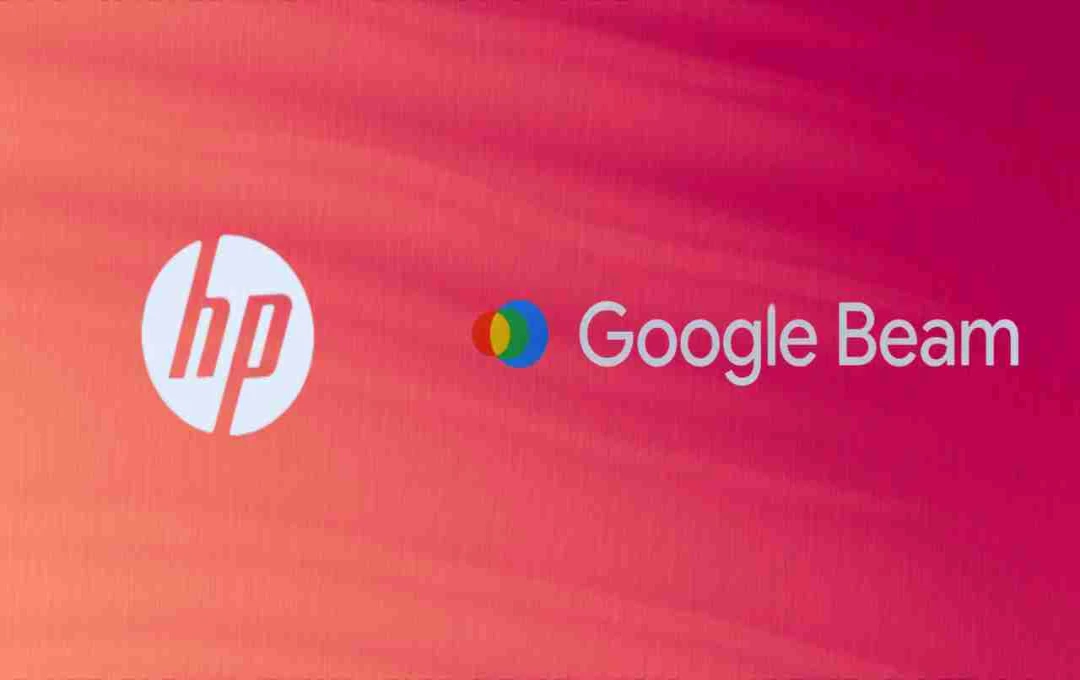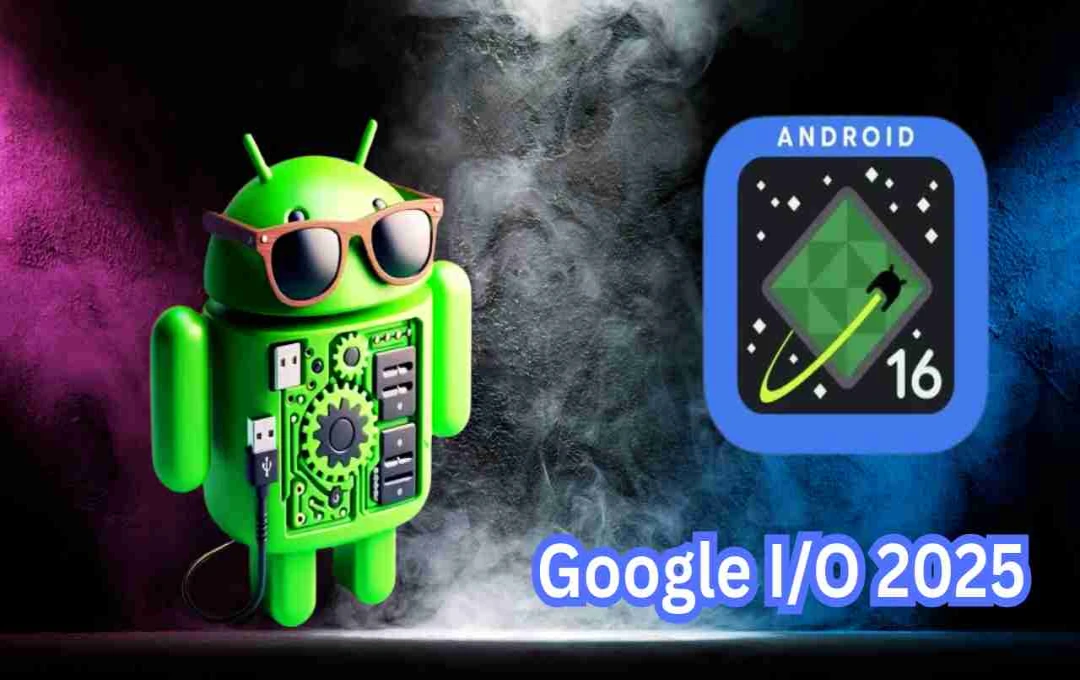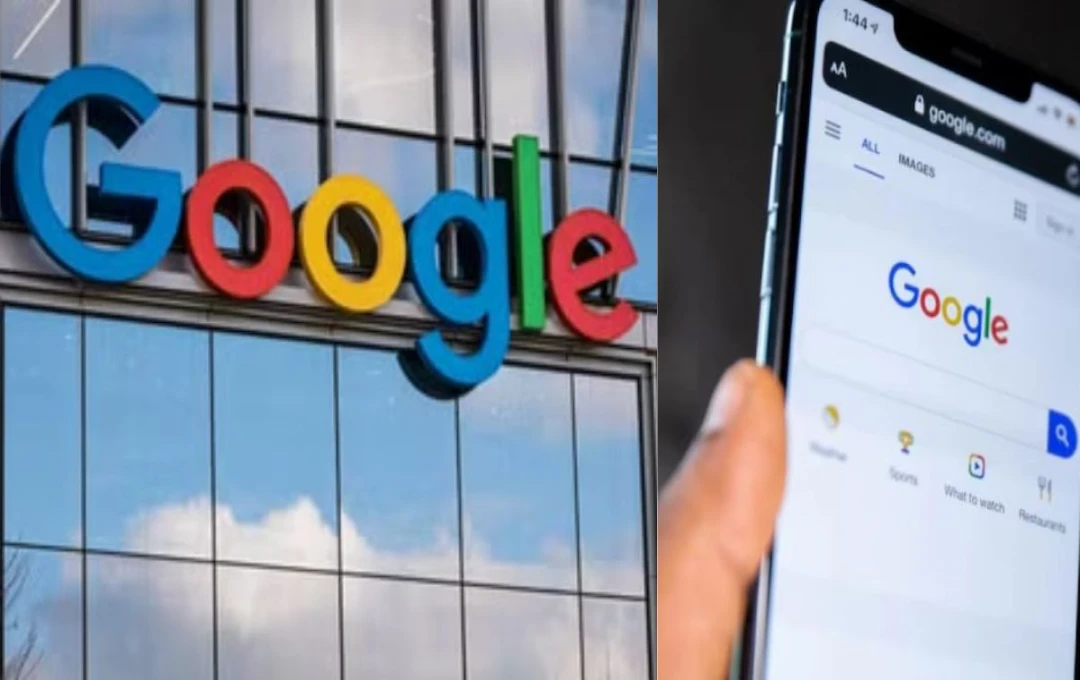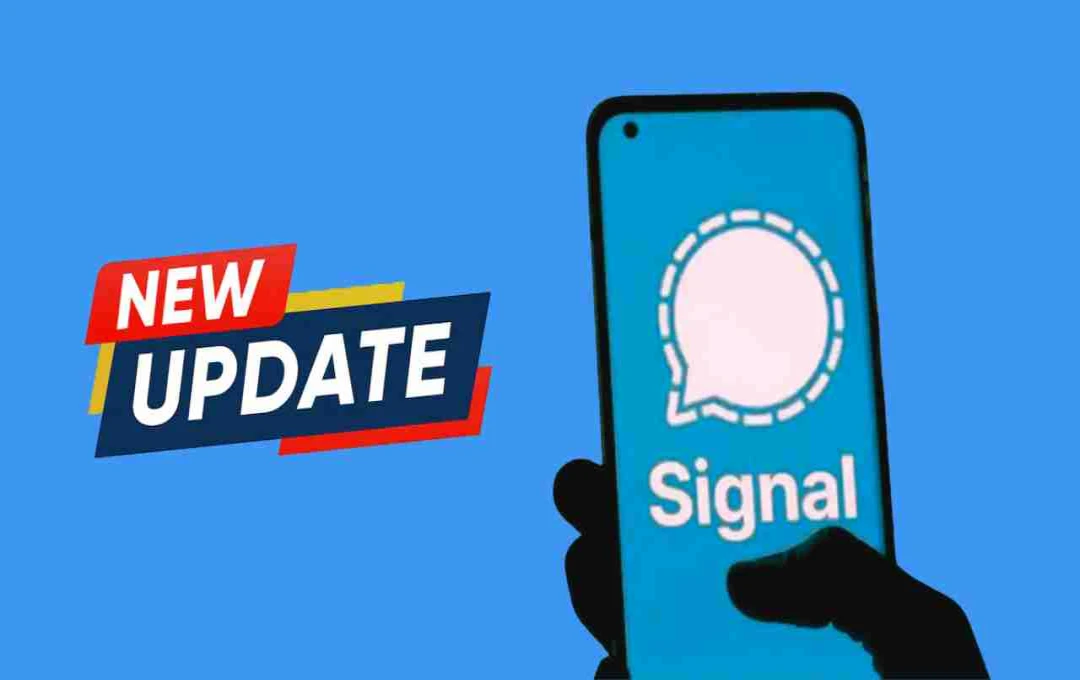The world of technology is constantly evolving, and the field of video calling is on the verge of a significant transformation. Google recently unveiled a groundbreaking product at its annual I/O developer conference: Google Beam. This AI-powered communication platform elevates standard 2D video calls to a new level.
Google Beam: Project Starline's New 3D Video Platform
Google Beam is a refined iteration of Project Starline. Launched at the 2021 Google I/O event, Project Starline aimed to create a video communication platform showcasing users in 3D with realistic size and depth. Initially a prototype, it wasn't widely available. Google has now redesigned and developed it into a commercial, enterprise-grade product: Google Beam.
Google claims Google Beam surpasses traditional 2D video calling, enabling users to interact in 3D with realistic eye contact and spatial audio.
Google Beam's Technical Features
Google Beam utilizes cutting-edge technology. It captures video from multiple webcams, recording the user from various angles. AI then merges these video streams to create a volumetric 3D model. This model is displayed on a specialized light field display, providing users with a natural and immersive viewing experience.
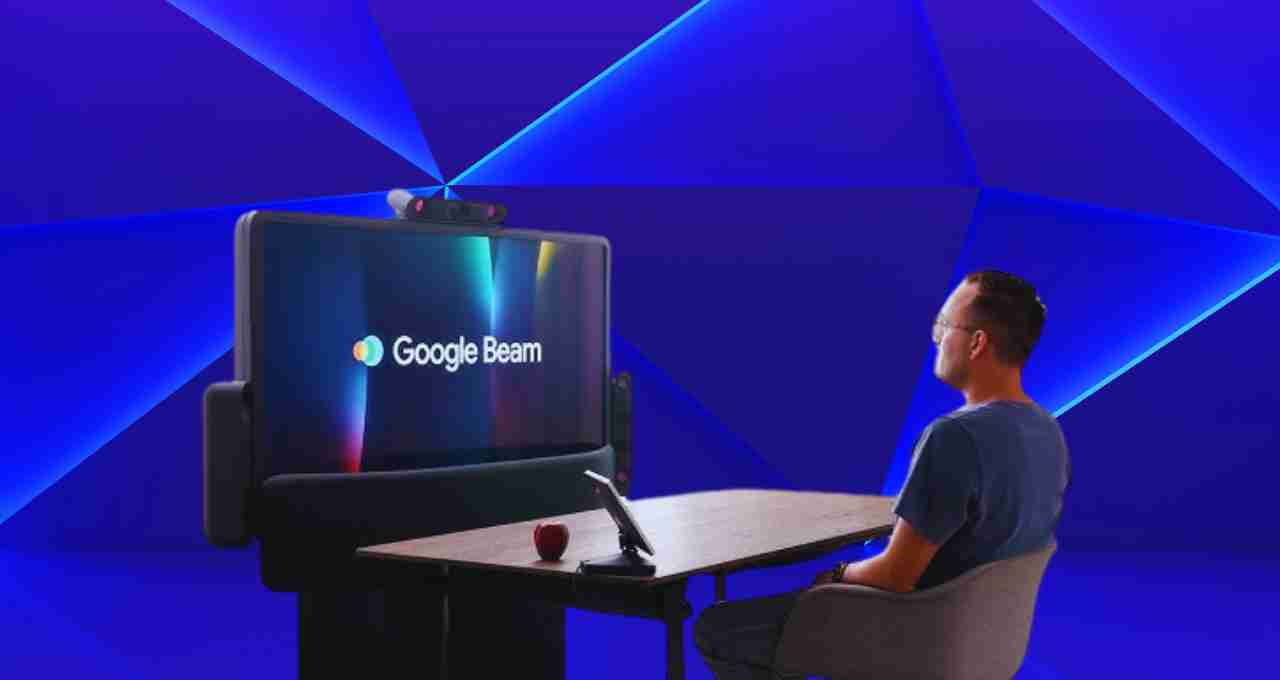
Furthermore, Google Beam incorporates head-tracking technology, accurately tracking user head movements with millimeter precision. As you turn your head, the 3D image on the screen adjusts accordingly, making video calls remarkably intuitive and engaging. The platform displays video at 60 frames per second, enhancing the smoothness and realism of the experience. Leveraging Google Cloud's reliability and AI capabilities, Google Beam is designed as a trustworthy and secure option for enterprise clients.
Seamless Communication with Real-time Language Translation
Google plans to integrate a real-time speech translation feature into Google Beam. This will enable instant translation of conversations between people speaking different languages. This eliminates language barriers, facilitating communication in diverse settings such as business meetings, international calls, and global team interactions.
This translation feature will also soon launch on the Google Meet platform, benefiting users conducting video conferences. This will improve communication for millions across various languages, making meetings and interactions smoother and more effective. This is a significant step towards making digital communication easier and more accessible.
Partnership with HP for Beam Device Launch
Google announced that later this year, in collaboration with HP, it will launch Google Beam devices for select clients. Additionally, the first Google Beam device, manufactured by an original equipment manufacturer (OEM), will be showcased at the Infocomm event in June 2025. This will broaden the technology's reach and expand its use across various sectors, including offices, corporations, and education. This device promises to usher in a new era of communication.
Google Beam: A New Era of Communication
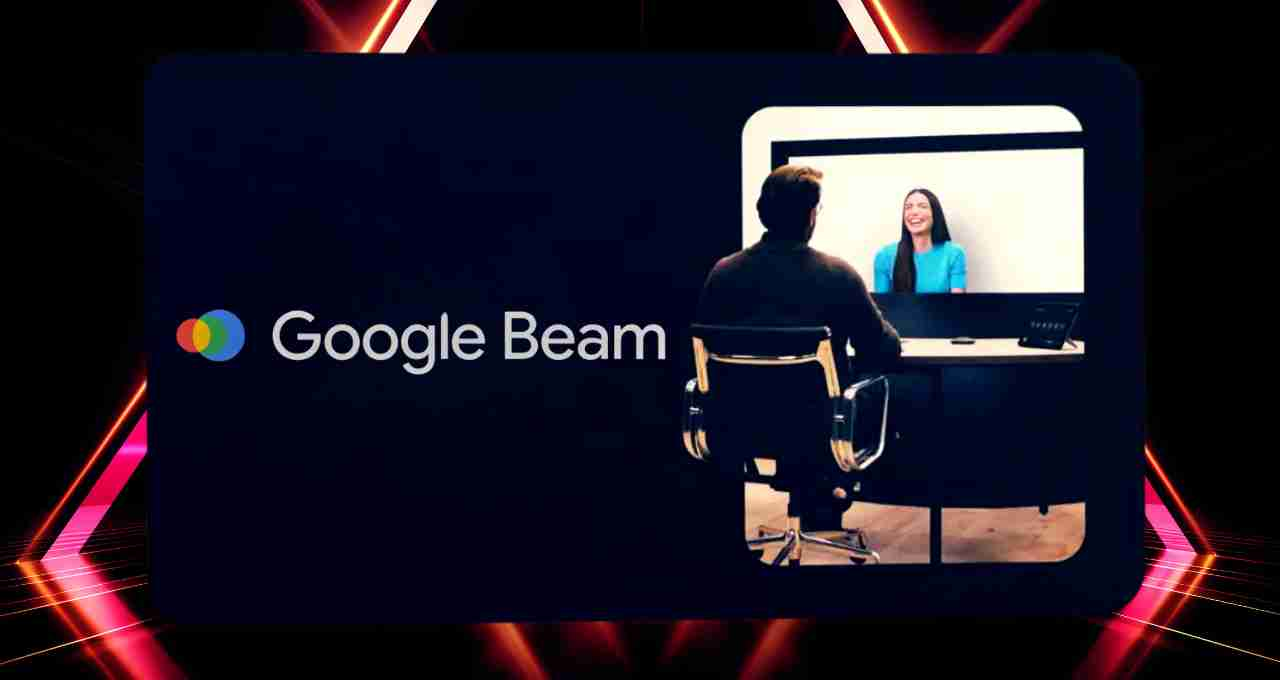
This technology has the potential to revolutionize video calling and virtual meetings. Current video calls primarily consist of 2D face-to-face interactions, lacking depth and spatial awareness. Google Beam provides a more immersive experience, making users feel like they're in the same room. Eye contact, subtle facial expressions, and spatial audio enhance the realism.
This immersive experience is crucial not only for business meetings but also for connecting with distant family, friends, and social circles. It bridges geographical gaps, making communication more authentic and impactful.
Challenges and Future Prospects
While Google Beam technology is advanced and impressive, several challenges exist in achieving widespread adoption. The primary hurdle is the need for specialized hardware, which may not be readily accessible to everyone. The technology also requires a fast and stable internet connection, i.e., high bandwidth, for optimal performance. Without a good network, accurate 3D video transmission becomes difficult.
Nevertheless, Google Beam is a significant demonstration of the power of AI and cloud computing. As internet quality and connectivity improve in India and globally, the adoption of advanced video communication platforms like this will increase. In the future, devices such as Google Beam could fundamentally alter how we work and communicate.
Google Beam represents a transformative step in digital communication. By converting 2D video into 3D, it not only enhances the video calling experience but also has the potential to reshape global communication methods.
When this technology becomes available to the general public, we will witness how it makes our interactions more natural, engaging, and human-like. Google Beam's technology has the potential to revolutionize the landscape of video communication, opening up new dimensions in telecommunication and digital engagement.
